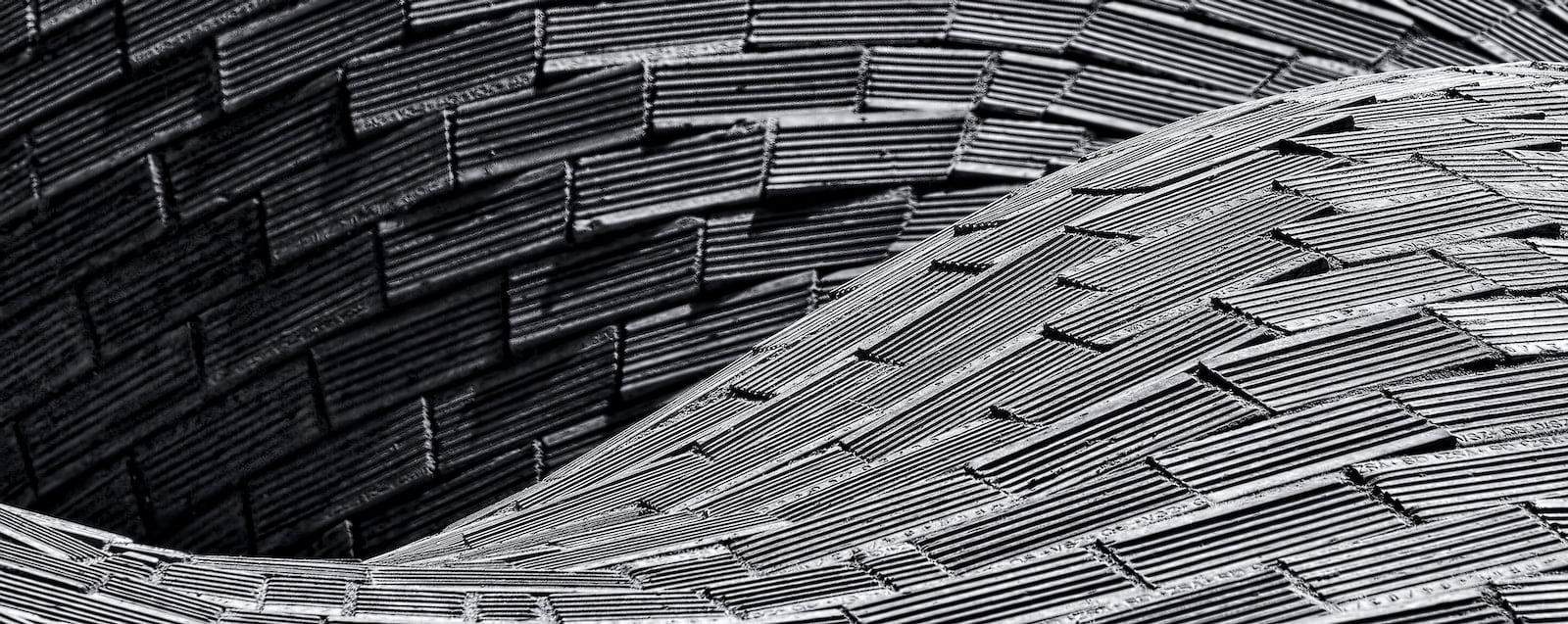How to De-Ice Your Roof Like a Pro
How to De-ice Your Roof is a crucial task that homeowners should not overlook during the winter season. The accumulation of ice and snow on your roof can lead to structural damage, water leaks, and even endanger the safety of your family. Therefore, it is essential to understand the importance of de-icing your roof and what you’ll need to accomplish this task.
Firstly, de-icing your roof prevents the formation of ice dams, which are thick ridges of ice that form along the edges of your roof. These ice dams can trap water and prevent it from flowing off your roof, causing water to seep into your home. Additionally, the weight of the ice and snow can put a strain on your roof’s structure, leading to costly repairs.
Secondly, knowing what you’ll need to de-ice your roof is crucial to ensure that the process is safe and effective. You’ll need the right tools, such as a roof rake, ice melt, and a ladder. It’s also important to take safety precautions, such as wearing proper clothing and using caution when climbing up and down the ladder.
In conclusion, de-icing your roof is an essential task that should not be ignored during the winter season. Understanding the importance of de-icing and having the right tools and safety precautions will ensure that you can safely and effectively remove ice and snow from your roof.
Step 2: Choose the right tools for de-icing
Once you have cleared the snow off your roof, it’s time to de-ice it. But before you start, make sure you have the right tools for the job. You’ll need a roof rake, a de-icing agent, and a ladder. A roof rake is a long-handled tool with a flat blade that you can use to remove ice and snow from your roof. You can buy one at a hardware store or rent one from a home improvement center. When it comes to de-icing agents, there are several options available. You can use rock salt, calcium chloride, or magnesium chloride. Rock salt is the cheapest option, but it can damage your roof and gutters. Calcium chloride and magnesium chloride are more expensive, but they are safer for your roof and more effective at melting ice. Whichever de-icing agent you choose, make sure to read the instructions carefully and follow them closely.
Tips and Tricks for Preventing Ice Buildup on Your Roof in the First Place
One of the best ways to prevent ice buildup on your roof is to ensure proper ventilation in your attic. A well-ventilated attic will help regulate the temperature of your roof and prevent snow from melting and refreezing on the surface. You can also consider adding insulation to your attic to help keep heat inside your home and prevent it from escaping through the roof. Another tip is to install heating cables or a roof de-icing system to melt any ice that does form on your roof before it has a chance to build up.
It’s also important to keep your gutters and downspouts clear of debris to prevent ice dams from forming. Ice dams occur when snow and ice melt on your roof and refreeze in your gutters, causing a blockage that prevents water from draining properly. This can cause water to back up under your shingles and into your home, causing damage to your roof and interior walls. Regularly cleaning your gutters and downspouts can help prevent ice dams from forming and keep your roof in good condition.
Finally, it’s important to be proactive and monitor the condition of your roof throughout the winter. If you notice any signs of ice buildup or damage to your roof, such as sagging or cracking, it’s important to address the issue as soon as possible to prevent further damage. By taking these steps, you can help prevent ice buildup on your roof and keep your home safe and dry throughout the winter months.
Common mistakes to avoid when de-icing your roof, and how to fix them
Another common mistake to avoid when de-icing your roof is using hot water to melt the ice. While hot water may seem like a quick and easy solution, it can actually cause more harm than good. The sudden change in temperature can cause the ice to expand and contract, leading to further damage to your roof. Additionally, hot water can also cause the ice to melt unevenly, leading to water pooling and potentially causing leaks in your roof.
If you have already made the mistake of using hot water to de-ice your roof, don’t panic. There are a few things you can do to fix the issue. First, carefully inspect your roof for any signs of damage. If you notice any cracks or other damage, it’s important to address those issues before they lead to more serious problems. Next, use a plastic shovel or other non-metal tool to carefully remove any remaining ice or snow from your roof. Finally, consider using a de-icing product specifically designed for roofs, which can help to safely and effectively remove ice without causing damage.
Expert Advice on When to Call in a Professional for Help De-icing Your Roof
If you live in an area with harsh winters, it’s essential to keep your roof clear of ice and snow to prevent damage to your home. While you may be tempted to grab a ladder and start chipping away at the ice yourself, it’s important to know when it’s time to call in a professional for help.
First and foremost, if you’re not comfortable working on a ladder or roof, it’s best to leave the job to the experts. Trying to de-ice your roof without the proper equipment and training can be dangerous and lead to serious injury. Additionally, if your roof is steep or has a complex design, it’s best to call in a professional who has experience working with that type of roof.
Another factor to consider is the amount of ice and snow on your roof. If there’s only a light dusting, you may be able to handle it yourself with a roof rake or shovel. However, if there’s a significant amount of ice or snow buildup, it’s best to call in a professional who has the tools and expertise to safely remove it.
Finally, if you notice any signs of damage to your roof, such as leaks or sagging, it’s crucial to call in a professional right away. Attempting to de-ice a damaged roof can make the problem worse and lead to costly repairs down the road.
In conclusion, while it may be tempting to tackle de-icing your roof yourself, it’s important to know when it’s time to call in a professional for help. By considering your comfort level, the amount of ice and snow buildup, and any signs of damage, you can make an informed decision and keep your home safe and secure during the winter months.

